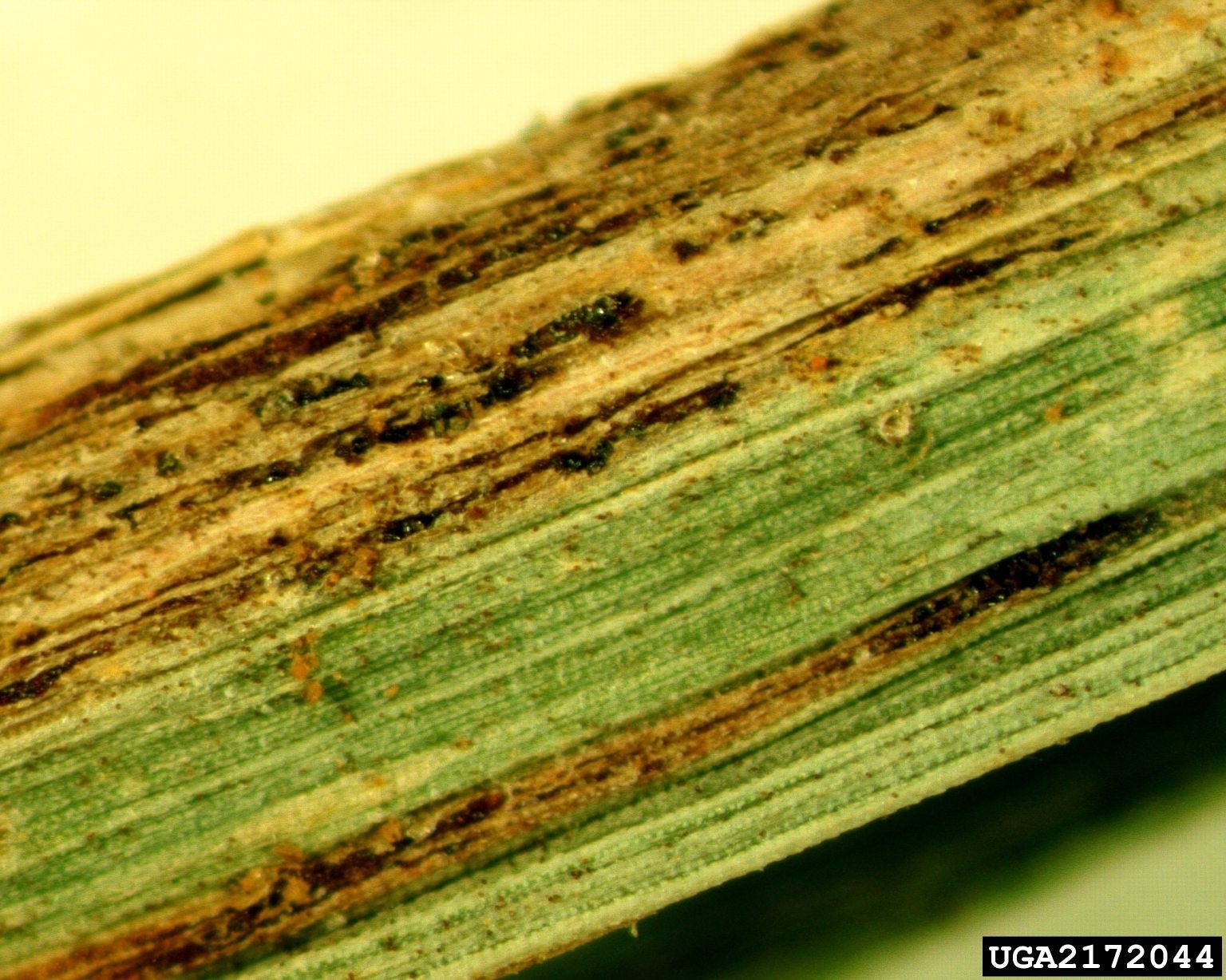Lemongrass Plant Turning Brown: Help For Brown Leaves On Lemongrass

Lemongrass is a delicious citrus scented grass that is used in many Asian dishes. It also makes a lovely, easy to grow addition to the garden. Easy to grow it may be, but not without issues. I recently noticed that my lemongrass is turning brown. The question is, WHY is my lemongrass turning brown? Let’s find out.
Help, My Lemongrass Leaves are Brown!
Like me, you’re probably asking “Why is my lemongrass turning brown?”
Insufficient watering/fertilizing
The most obvious reason for a lemongrass plant turning brown would be lack of water and/or nutrients. Lemongrass is native to areas with regular rainfall and high humidity so they may need more water in the home garden than other plants. Water and mist the plants regularly. To keep other plants nearby from getting drowned out by the frequent watering, plant the lemongrass in a bottomless container buried in the soil. Lemongrass also needs lots of nitrogen, so fertilize the plants with a balanced soluble fertilizer once a month.
Fungal diseases
Still have brown leaves on lemongrass? If a lemongrass plant is turning brown and water has been ruled out as the culprit, it might be a disease. Brown leaves on lemongrass might be a symptom of rust (Puccinia nakanishikii), a fungal disease that was first reported in Hawaii in 1985. In the case of rust infection, lemongrass leaves are not only brown, but there will be light yellow spots on the foliage with streaks of brown and dark brown pustules on the undersides of leaves. Severe infection may result in the death of leaves and eventually plants. Rust spores survive on lemongrass debris on the ground and is then spread by wind, rain, and water splashing. It is most common in areas of high rainfall, high humidity, and warm temperatures. So, despite the fact that lemongrass thrives in such areas, obviously there can be too much of a good thing. To manage rust, promote healthy plants by using mulch and fertilize regularly, prune out any diseased leaves, and avoid overhead irrigation. Also, don’t space the lemongrass too close together, which will only encourage transmission of the disease. Brown leaves on lemongrass may also mean leaf blight. Leaf blight’s symptoms are reddish brown spots on leaf tips and margins. The leaves actually look like they are desiccating. In the case of leaf blight, fungicides may be applied and also prune out any infected leaves.
Sign up for the Gardening Know How newsletter today and receive a free copy of our e-book "How to Grow Delicious Tomatoes".

Amy Grant has been gardening for 30 years and writing for 15. A professional chef and caterer, Amy's area of expertise is culinary gardening.
